With the right strategy and commitment, you can fundamentally change your partner relationships for the better. We recommend thinking about partners on an individual basis and focusing on three fundamental components: developing a clear understanding of your partner ecosystem, focusing on your unique partner business proposition, and creating a rewarding partner journey.
Develop a clear understanding of your partner ecosystem
Before developing or amending a partner experience, take a few steps to clearly understand your partners and the overall ecosystem through partner scoring and capacity planning.
Partner scoring
First, use a partner scoring model to evaluate each of your partners. We’ve seen these common elements in the best scoring frameworks: transactional data, qualitative data translated into quantitative measures, measurement over time, relevant data, and consistency. For instance, The Spur Group model uses the 5Cs, which include contribution, consumption, coverage, capability, and commitment.
Once you’ve developed your model, you can begin scoring. For The Spur Group’s model, the first step is to rank all partners using the 5Cs, then categorize partners into groups. Lastly, rank each partner within each group to understand how each one performs among similar partners.
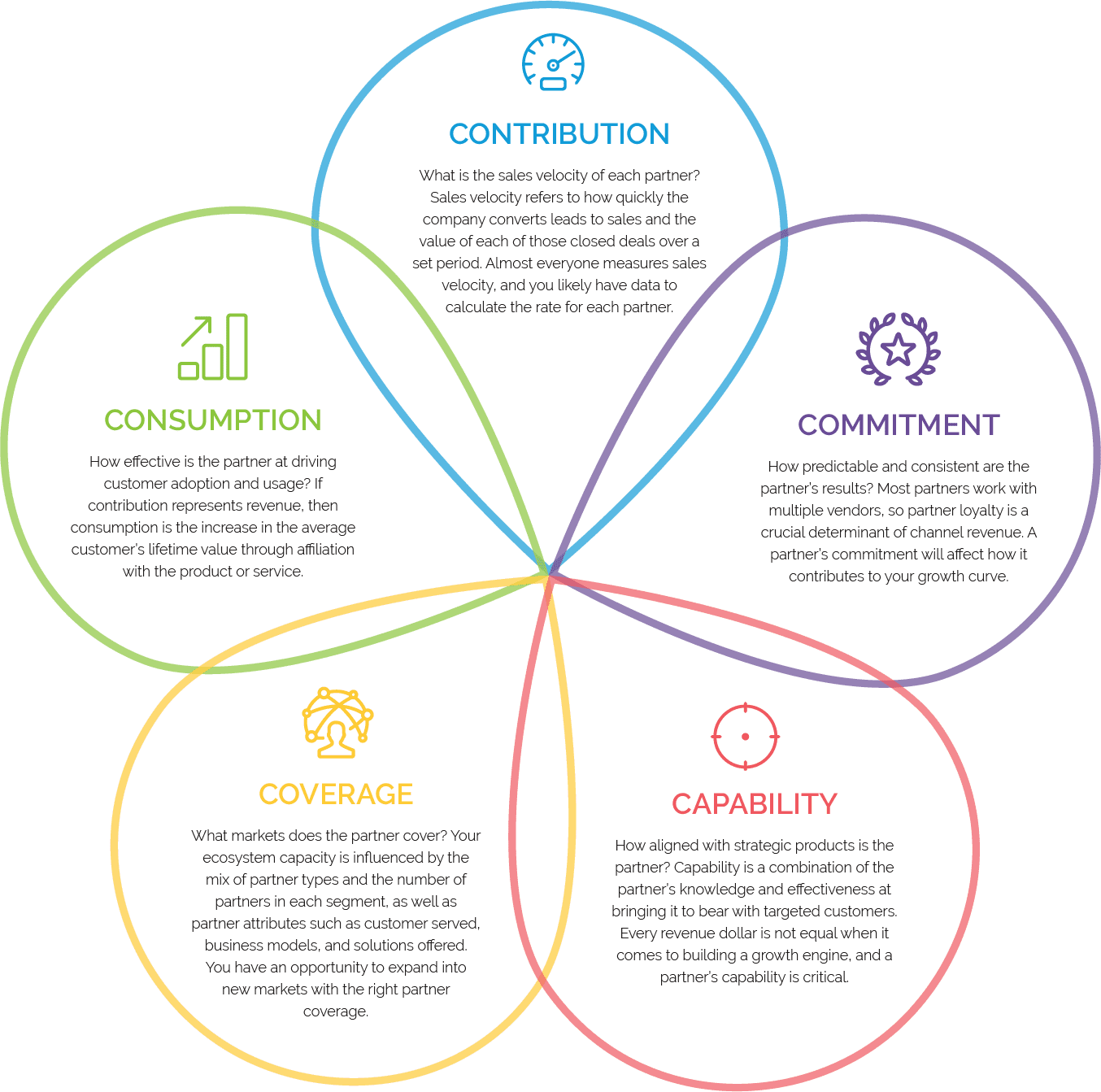
Capacity planning
Once you’ve scored partners individually, you can start assessing your entire partner ecosystem to measure overall partner performance. Use the categories you created in partner scoring and further classify them based on current and potential revenue. With a detailed capacity plan, you can then conduct data-based territory planning, investment planning, and program planning.
Focusing on your unique business proposition
Next, you want to identify and communicate your organization’s unique partner business proposition. The three main elements of a quality partner business proposition (in order of priority for partners) are relationships, market momentum, and economics.
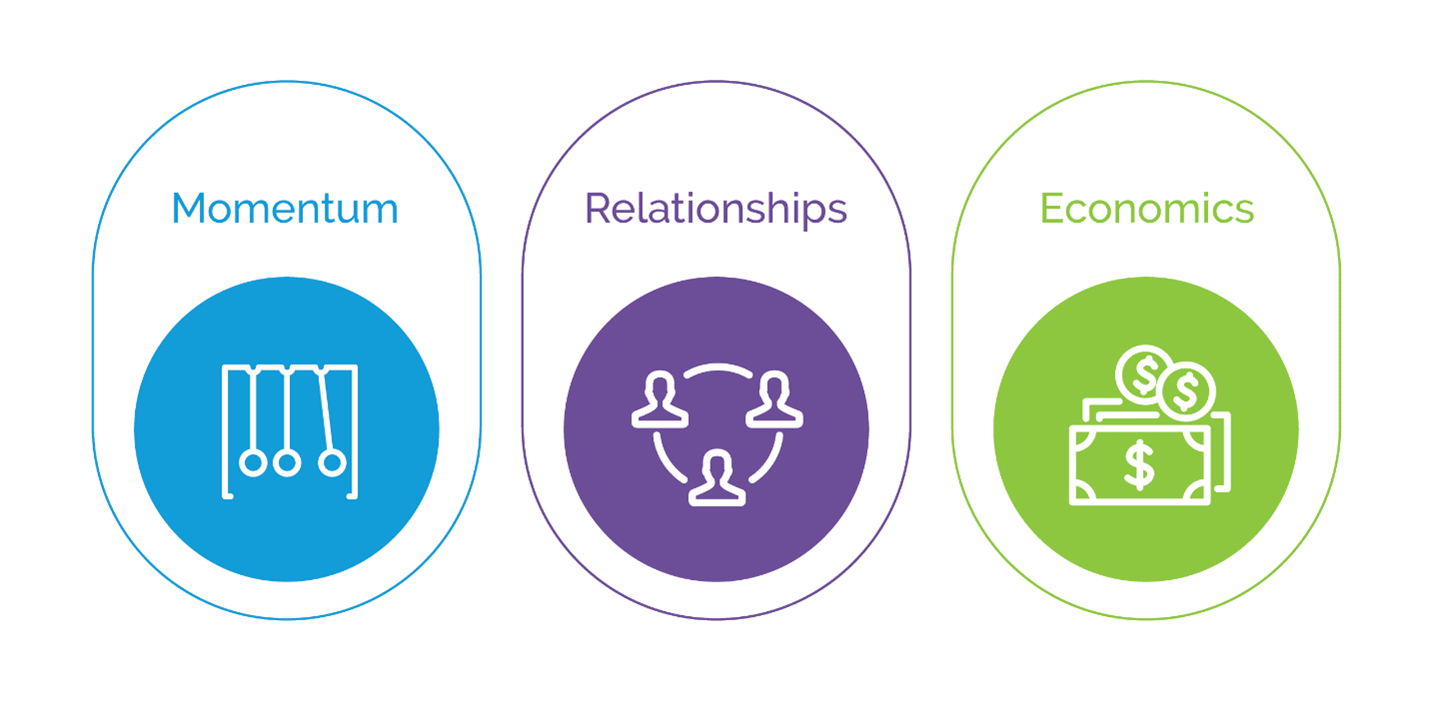
Relationships
Relationships with partners is all about creating long-term value. Your relationships will be largely defined by the strategic alignment between your business model and that of a potential partner, your reputation with the industry, and partners’ firsthand experience with you.
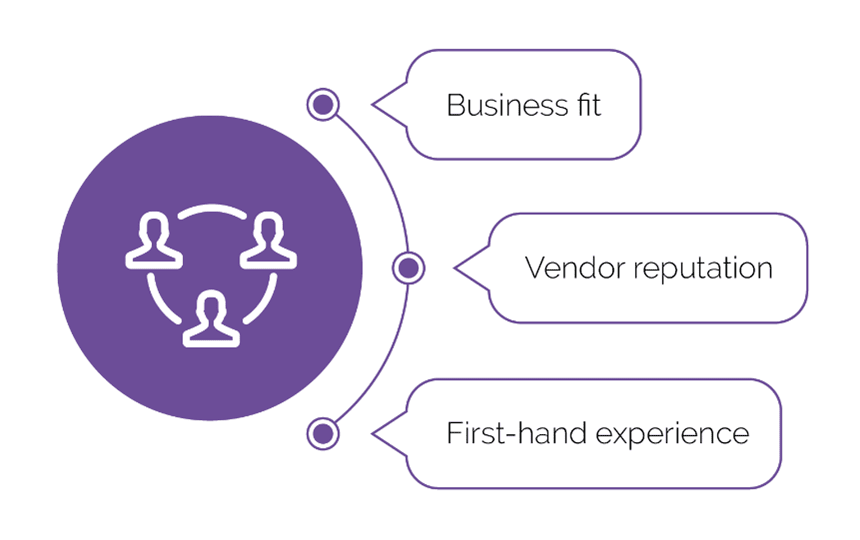
- Business fit: Ask if your partners can keep their existing business model while doing business with you. Evaluate whether your solution and selling requirements fit into their existing sales processes. If your model or the way you approach the market differs drastically, you will have a hard time getting partners to sell your product or solution.
- Vendor reputation: Consider your reputation as a business partner, which can be experienced and/or perceived. If you are competing directly with partners, are the rules of engagement clear? In order to reduce conflict, you can create clear segmentation models across different sales motions that are well understood.
- First-hand experience: Your relationships with partners will be influenced by their experiences with you. Partners will also evaluate your collaborative history. While you may have made changes and updated your programs, past experiences still influence them.
Market momentum
With market momentum, focus on your organization’s current market share, how customer demand for your product is changing, and how innovative your product is.
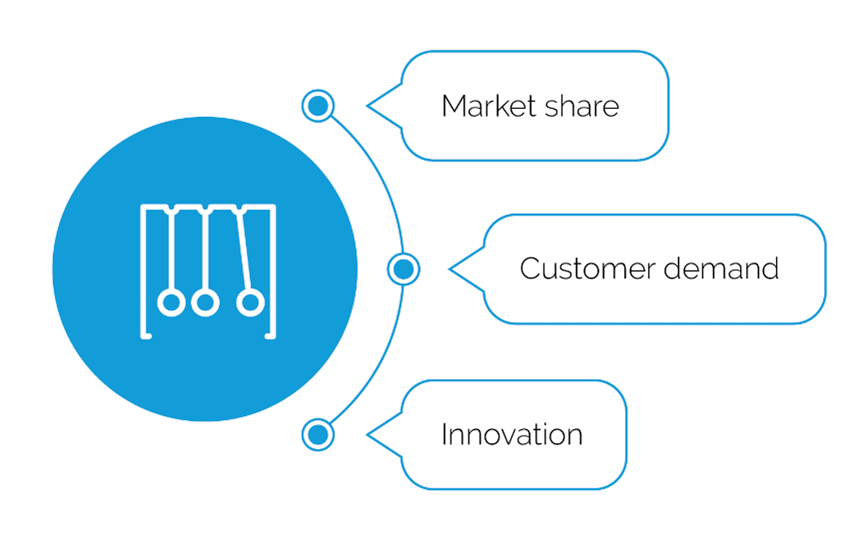
- Market share: Market share refers to determining your place in the market. Are you the market leader? Does your product own the market (meaning there are few competing solutions or products)?
- Customer demand: Is there is ‘buzz’ around your product? Is it gaining popularity? Do customers request your products? Knowing the answer will help you determine how much time and effort partners need to invest to sell your products.
- Innovation: Consider how innovative your product is. Is this a net-new solution or better iteration on another technology? You should also identify whether you are a technology leader in your specific category or field.
Economics
Partner economics is focused on the financial gain a partner can get from a vendor relationship, which is impacted by revenue, ongoing expenses, and halo benefits.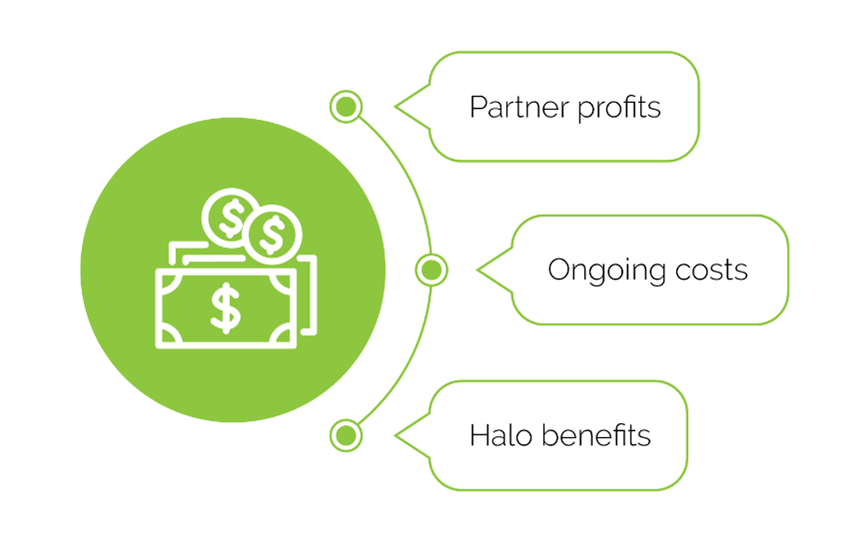
- Partner profits: The amount a partner earns selling your solution. Can a partner make competitive margins? Does selling add-on business services provide profitable opportunities? Are there incentives in place for different sales outcomes?
- On-going costs: These include onboarding expenses, either as an organization or for individual sellers. If your certifications are onerous and take significant time away from your sellers' selling, you may want to consider alternative methods. You should also consider the amount of overhead needed on the partner’s side to share information, maintain program status, or do the partner business planning.
- Halo benefits: Do your partner’s add-on support sales efforts? Does your solution offer a unique selling opportunity into new accounts and segments? Does being your partner strengthen the partner’s go-to-market ability? Does it strengthen their marketability?
Create a rewarding and motivating partner journey
Lastly, focus on building a rewarding and motivating partner journey, aka a set of phases a partner moves through as they build a relationship. Ultimately, the journey should cultivate a positive partner experience and result in your partner building their business around you. The five phases in a typical journey are interest, recruitment, activation, investment, and devotion.
Interest
In the first phase, a partner is initially intrigued by working with you and conducts research into a working relationship.
Recruitment
This stage is focused on educating potential partners on your organization and products and/or solutions. By explaining potential strengths and weaknesses, you can help prepare partners for a working relationship.
Activation
Training is key in this phase as you work with partners to build sales and customer service skills, setting them up for success with repeat business.
Investment
Motivating partners to invest in your business is one of the trickiest phases. While many vendors expect partners to commit before they see financial returns, we believe vendors are most successful after positioning the partner for success.
Devotion
In this final phase, partners will ideally build their business around yours, and you’ll start to see significant scale as an organization. This is the best-case scenario for your partner relationships.
Apply the model to your channel strategy
You’ve learned the basics of the new partner experience model. Want to learn the next steps for improving your own partner program? Download our guide on delivering a superior partner experience.

